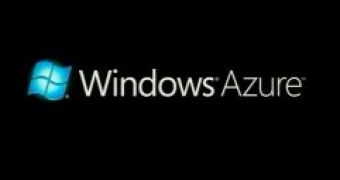After just a few weeks since the introduction of Microsoft's Cloud operating system, the company has revealed that the developer community is already making plans to embrace the brand new Windows platform. At the Professional Developers Conference in Los Angeles at the end of October 2008, Microsoft Chief Software Architect Ray Ozzie emphasized that a new platform from the Redmond company was synonymous with new growth opportunities.
Following the departure of Bill Gates from Microsoft, Ray Ozzie began shifting the company in a new direction, in accordance with his vision of Software plus Services. This means taking Windows, not just the operating system but also SQL and .NET, into the Cloud.
“It seemed just a few years ago Ozzie was talking about this move to ‘services in the cloud’, ” stated Tim Huckaby, CEO of Interknowlogy. “And then to see him on stage there – he was clearly excited about it, and charismatic and dynamic – and to see him execute that vision was really great. Then I had the realization that Microsoft already has capitalized over $1 billion into its datacenters worldwide. That is a very bold statement.”
Windows in the Cloud, or Microsoft's web-tier of computing will be accompanied by Azure Services Platform, which uses the Windows Azure operating system as run-time and environment. The obvious advantages of S+S are the cost saving opportunities for corporate customers. At the same time, both potential customers and developers have to be educated in order to embrace the new Cloud OS. Windows Azure and the Azure Services Platform will require a consistent educational effort on behalf of Microsoft, and the company needs to get its evangelism wheels in motion as fast as it can.
“In a lot of ways I was surprised at how far along (Windows Azure and the Azure Services Platform) was,” said Lead Software Engineer at Interactive Intelligence, Dan Rigby. “You could see how it could be used as a repository today. Also, Ozzie pointed out that some of the foundations for Azure are going to drive the stuff like Live Services and Mesh, so I had the idea that as a developer I may not even have to touch the Azure foundation – there are enough services built on top that you might be able to leverage those.”

 14 DAY TRIAL //
14 DAY TRIAL //